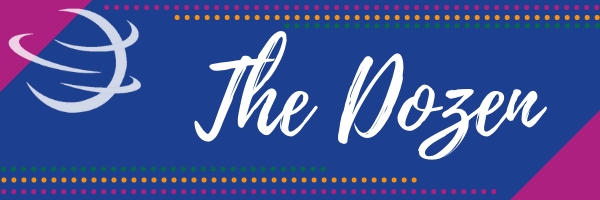By Yoo Kyung Sung, University of New Mexico, and Junko Sakoi, Tucson Unified School District
Asian American history and voices have long been rendered invisible in children’s and young adult literature, and nonfiction texts are no exception. This list brings together a range of nonfiction titles—including picturebooks, chapter books, informational texts and biographies—that offer renewed visibility for Asians and Asian Americans. These works foreground intersectional stories that challenge historical erasure and deepen collective memory. From the artistry of George Nakashima, Ruth Asawa and I. M. Pei to the athletic trailblazing of Wataru Misaka and the mountaineering achievements of Junko Tabei, these books highlight individuals whose creativity, resilience and courage reshaped their fields and expand how young readers understand the diverse contributions of Asian and Asian American communities. Continue reading

